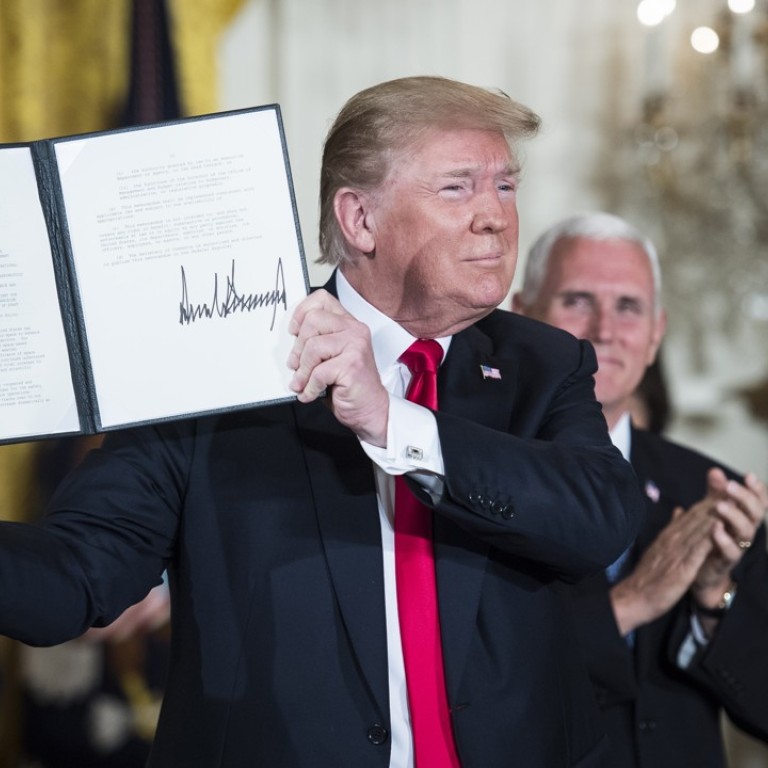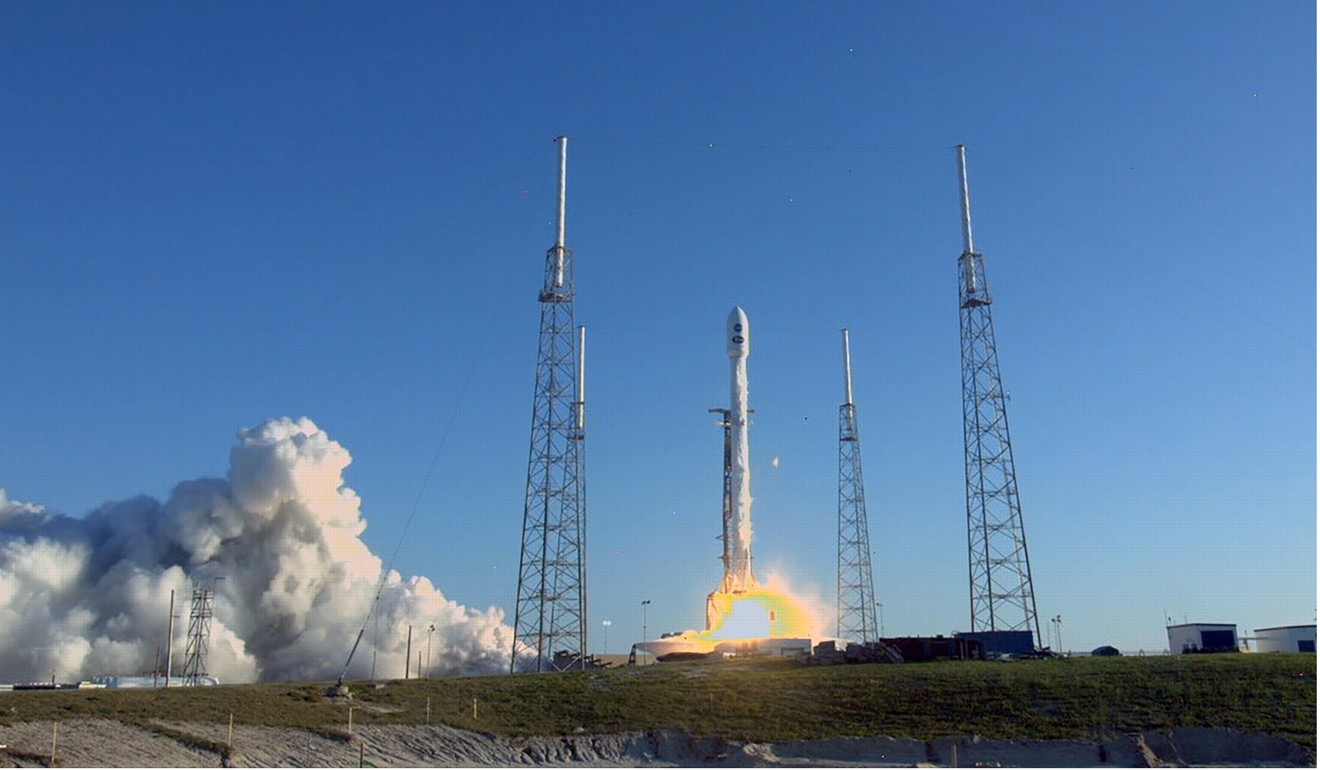
Trump’s ‘Space Force’ still up in the air, as Pentagon resists costly and complicated plan
Critics argue that president’s vague vision would not properly protect US interests in space
US President Donald Trump wants a Space Force, a new military service he says is needed to ensure American dominance in space. But the idea is gaining little traction at the Pentagon, where defence chief James Mattis says it would add burdensome bureaucracy and unwanted costs.
The administration intends to announce next week the results of a Pentagon study that is expected to call for creating a new military command – US Space Command – to consolidate space war fighting forces and making other organisational changes short of establishing a separate service, which only Congress can do. Any legislative proposal to create a separate service would probably not be put on the table until next year.

Mattis, who said before Trump’s “Space Force” announcement in June that he opposes creating a new branch of the military for space, said after that this would require “a lot of detailed planning”.
Mattis is allied on this with key Republicans on Capitol Hill including Senator James Inhofe, a member of the Senate Armed Services Committee who opposes a separate Space Force but is open to creating a Space Command. The command would coordinate space forces from existing services, such as those that operate military satellites, but would not be a separate service.
Trump mentioned as recently as Tuesday that he had ordered the Pentagon to begin the process of creating a Space Force as a new branch of the military, but he did not repeat the phrase he used in June – a “separate but equal” service. That may open the possibility of the Pentagon proposing to establish a cadre of space experts that would be part of a space “corps” attached to the Air Force rather than as a separate service.
On Friday, Trump hailed the news that Nasa has named the astronauts who will ride the first commercial capsules into orbit next year.
“We have the greatest facilities in the world and we are now letting the private sector pay to use them,” he tweeted. “Exciting things happening. Space Force!”
Trump’s focus has generated an unusual level of talk about space, but with little clarity.
“At the moment, there is no concrete proposal on the table for what a Space Force will look like or what it will do,” said Brian Weeden, an Air Force veteran who is director of programme planning at the Secure World Foundation, which promotes peaceful uses of outer space. “It’s just sort of a notional concept.”
Weeden points out that creating a new service would not address what is seen by some as a need for a more coherent force to defend US interests in space, since by law a service recruits, trains and equips troops but does not do combat. That is why a Space Command is being considered, since it would be the combat arm for space much as Central Command is the organisation responsible for combat operations in the Middle East.
Aside from the organisational issues, the Pentagon’s role in space is under scrutiny because of a recognition that the US is increasingly reliant on satellites that are difficult to protect in space. Satellites provide communications, navigation, intelligence and other services vital to the military and the economy. Whereas space has long been America’s technological edge, it is increasingly seen as its Achilles’ heel.
War in space is not just Hollywood fiction. The US intelligence agencies reported earlier this year that Russia and China are pursuing “non-destructive and destructive” anti-satellite weapons for use during a future war.


